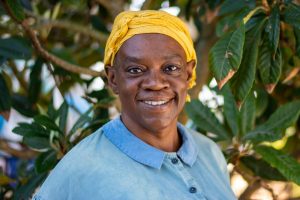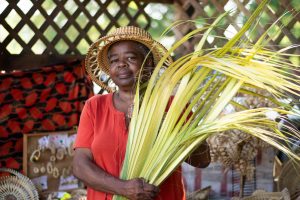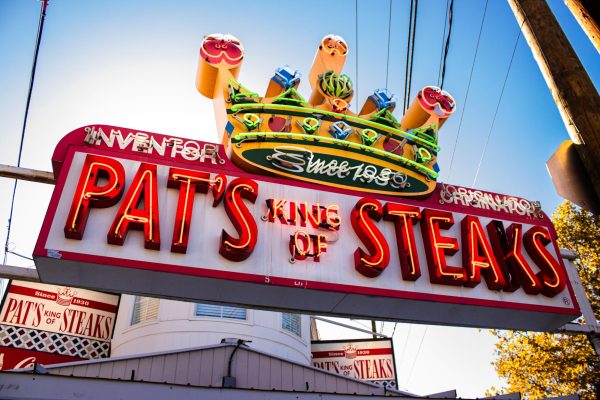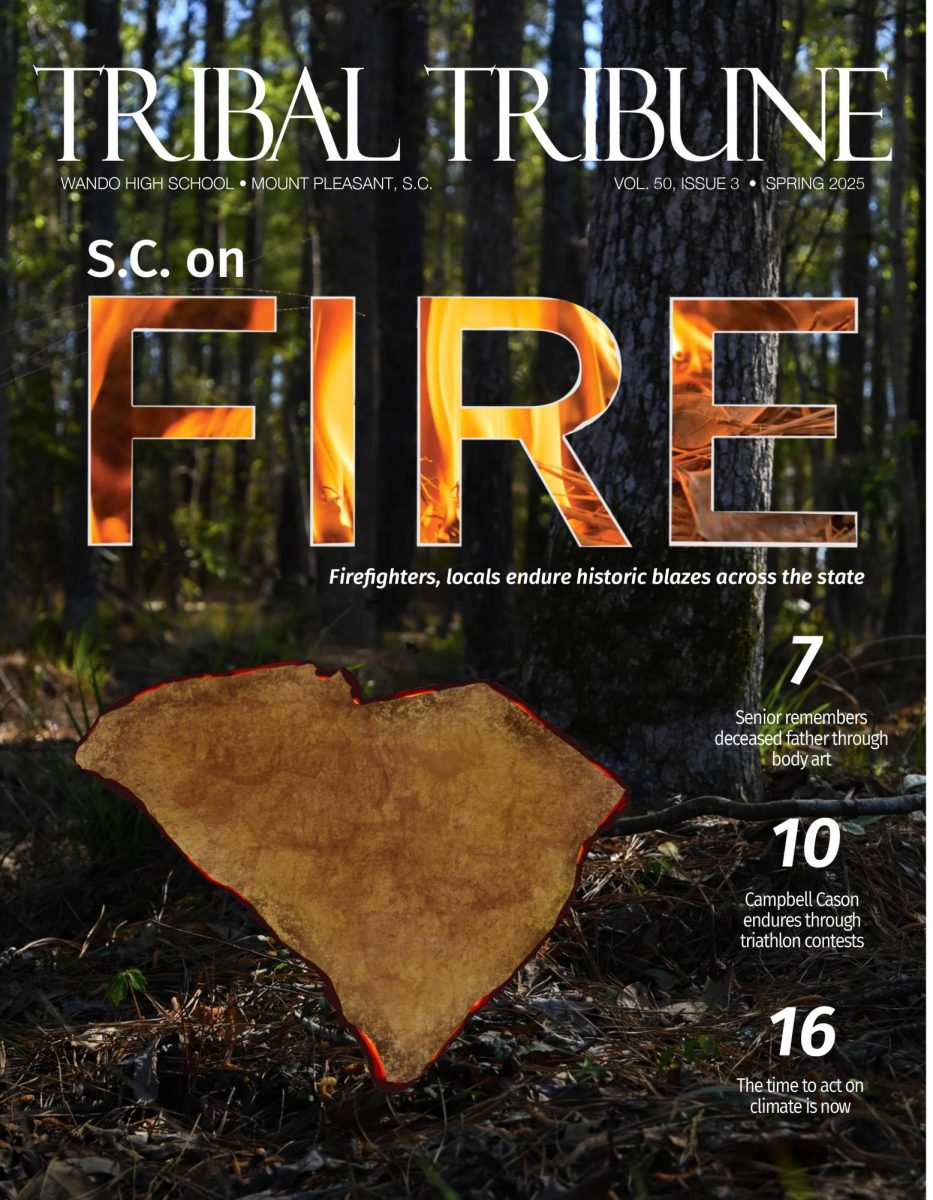Making magic out of sweetgrass
May 29, 2018
She goes out towards the intracoastal waterway with her brother and some others in need of more materials
They all go out into the marshes and start pulling at the bulrush and sweetgrass from their roots.
Sometimes they are out there for hours finding all the materials they need for their baskets until they have to carry everything back to their cars.
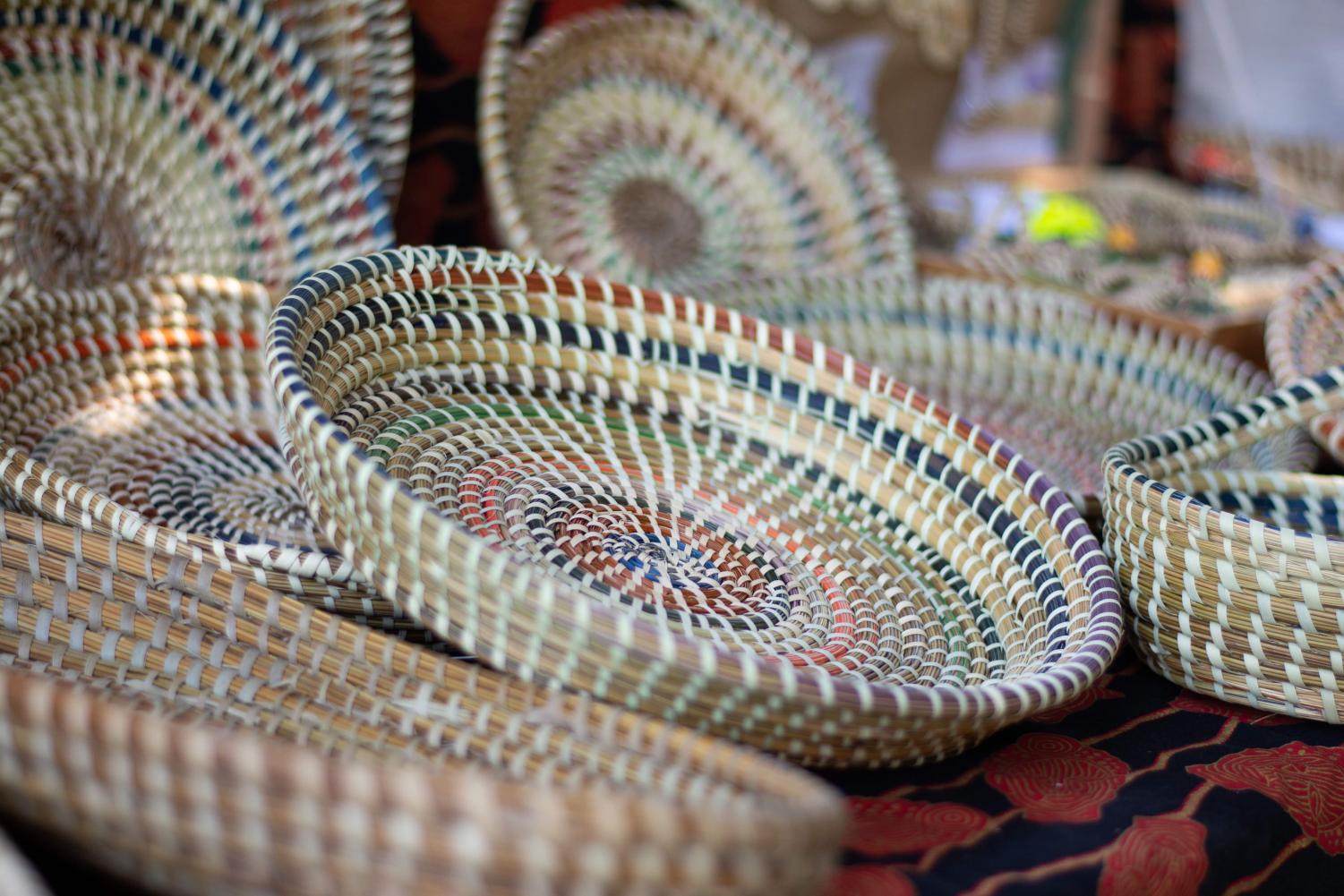
Then it’s back to their stands to weave more baskets.
This is the life of Vera Manigault and many others in the Gullah sweetgrass basket weaving community.
“At age four and a half, I could start a basket and do a basket by myself,” she said. “But I came up in a community where everybody did it in the summertime. My grandmother, my great grandaunt, my mother and all the kids.”
At a young age, Manigault has been taught the art of sweetgrass basket making and has developed her own way of basket weaving.
“See everybody do it (make sweetgrass baskets) different, we use the same material but everybody do it different. I can identify my basket and everybody can identify each others basket,” she said.
Manigault’s style is so unique that her artwork has been featured across the Lowcountry. She uses different materials like palmetto thorn and dyes to color the baskets.
“I’m the only basket maker around here that know how to do the basket with the palmetto thorn. It’s much stronger than the palmetto leaf basket…I figure it out and it take a lot of time doing that (making a basket out of palmetto thorn) and when you start scrapping it you can’t lose your focus because if you do you’re gonna cut it in half. You have to be focused.” she said.
But with sweetgrass basket weaving, Manigault said there is something different about everybody’s basket and the way they make baskets. It’s what makes sweetgrass basket weaving so unique and difficult.
Almost like there are no two fingerprints that are the same, all sweetgrass basket makers have styles, sizes, colors and techniques they use that are specific to them.
“The style, you don’t have no blueprint or nothing, you use your imagination…Everybody got something different,” Manigault said. “You go to about 10 basket makers, you’ll find something different on each one of them tables and baskets there.”
She is an original Gullah and has lived in the Lowcountry her entire life, making her a “binyah” — someone who was born and raised in South Carolina.
Living here her entire life, Manigault has been able to educate others about the Gullah culture and its importance to the Lowcountry. She travels all over with her baskets and teaching people about them and how to make them.
“Lot of people appreciate that we still doing to art (sweetgrass basket making) and everything,” she said, “and a lot of people appreciate the art because this basket has been around for so many years.”
Manigault loves teaching others the 300-year-old art and showing people how intricate it is. But she doesn’t show people every technique she uses in her process of sweetgrass basket making.
That is what sets her baskets apart from everyone elses.
Especially seeing other people’s reactions to her art work and the artwork in the baskets of the people around her.
Being immersed in the Gullah culture and being an original Gullah, Manigault takes pride in her heritage and in where she came from and hopes to spread awareness of the culture and everything it stands for.
“If you born in South Carolina, you a binyah. If you born in New York or Italy or wherever, when you come here, I’ve been here,” she said. “When you come here, I’ve been here. So you a cumyah and I’m a binyah.”


